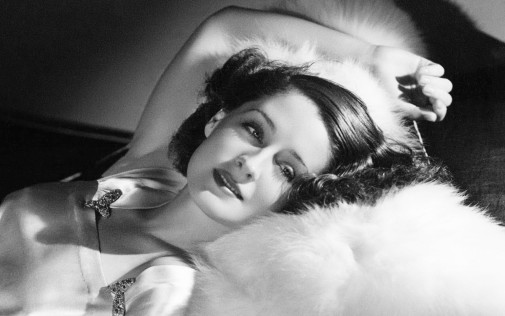
It's odd that so few people talk about Norma Shearer nowadays. This Academy Award-winning actress was once one of the greatest stars of moviedom, First Lady of MGM, Queen of the Lot. Her arch elegance typified the glamour of Old Hollywood, while her evolving acting style often reflected and predicted the trends of the industry. She was a phenomenon, a sensation, a diva, but her modern recognition pales in comparison to many of her contemporaries like Joan Crawford, Bette Davis, Greta Garbo, Marlene Dietrich, and others.
Since we're celebrating 1938 and that was the year when she got the last of her five or six Oscar nominations (depending on how you count her double from 1930), it's a good time to look back at the life and films of Norma Shearer…
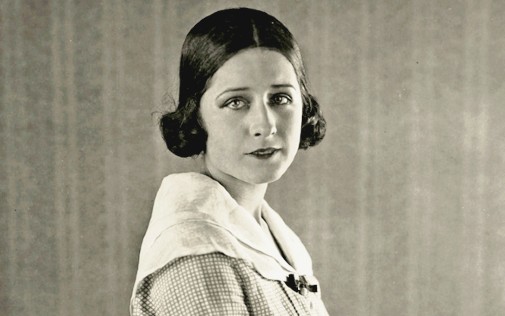
Born Edith Norma Shearer to a Canadian businessman in 1902, the future star of MGM had a comfortable childhood, ensconced in the privilege of wealth, and the love of a supportive family. According to her autobiography, Shearer's early days were like a happy dream and it was the influence of her actor uncle as well as the inspiration of vaudeville that made her want to pursue a career in show business. When her father's company collapsed in the aftermath of World War I, the teenaged Shearer had her life upended. After her parents split up, she and her mother going to New York and it was there that, thanks to her beloved uncle, Norma Shearer got her start on acting.
Doing some modeling work on the side, the young actress auditioned extensively and, at the start of the 1920s, she got gigs at places like the Norma Talmadge Studios and D.W. Griffiths productions. (Unfortunately, most of Shearer's output from this time is considered "lost" so it's difficult to know what her acting was like.) She caught the eye of Samuel Marx, a film writer who contacted up-and-coming producer Irving Thalberg telling him about a new talent he'd seen on screen.
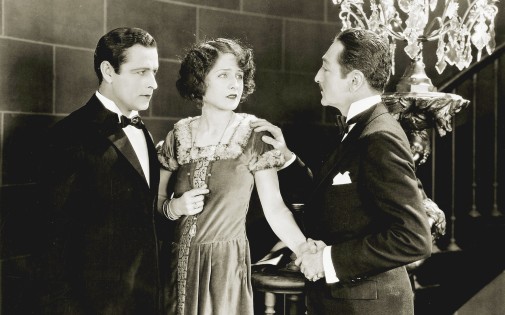
A Hollywood wunderkind, Thalberg had been running Universal Pictures for three years when he left the studios and went to work for Louis B. Mayer. At his new place of employment, the young maverick would wield more power than before and, under his recommendation, Norma Shearer was hired. Initially, things were rough and the Canadian performer failed to impress. Her fate changed around the same time that Mayer's studios were merged with Metro Pictures and the Samuel Goldwyn Company, creating MGM.
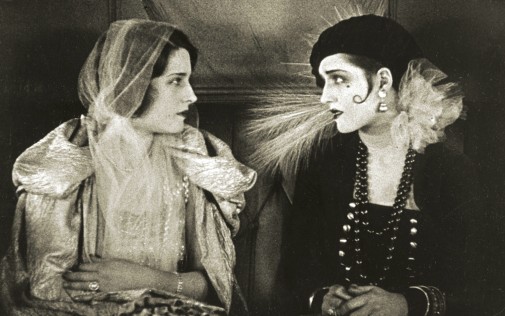
In the first year of the new Hollywood studio, Shearer appeared in more than ten movies and some of them proved to be great successes. Quickly, she became a popular commodity, and with Mayer's business savvy and Thalberg's creative genius, they made sure to capitalize on her fame. By 1925, she was a leading lady not afraid to carry her star vehicles or to challenge herself with complicated texts. In The Lady of the Night, for instance, Shearer played a double role, breathing life into a prim debutante and a hardened girl from the streets in the span of the same narrative.
More impressive still was Shearer's penchant for quasi-naturalism. She avoiding mugging expressions to deliver subtle feats of reactive acting. Not that she didn't love big gestures, which she'd take with her into the talkies. Before that, though, the starlet's career would undergo another somersault when she got engaged to Irving Thalberg in 1927. By the time of their wedding, she was already famous and he had become one of Hollywood's most eligible bachelors. According to many accounts, they loved each other dearly, though it's undeniable that the actress benefited from her new position in the studio hierarchy. She was, after all, the boss' wife.
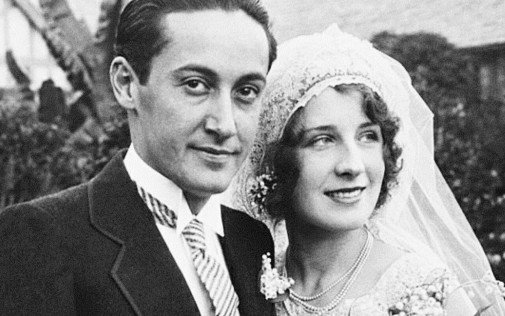
Thalberg invested time, money, and great attention in making Norma Shearer an even bigger star than she already was. During the transition to talkies, Shearer was greatly admired by moviegoers but her star persona was that of a quasi-saint, so taking on more sexually frank parts was a bit of a challenge. This, of course, appears ridiculous from our perspective, considering that many of Shearer's greatest roles came during the Pre-Code years when she cultivated an image of female liberation dressed in slinky silks. To nab the titular role in The Divorcee, Shearer orchestrated a photoshoot by George Hurrell, showing Thalberg that she could project an image of sensual assertiveness. He agreed, she got the part and won the Oscar for it.

In 1932, the workaholic moviemaker had a heart attack and his condition only worsened from then on. The couple worked arduously in the years between that first incident and Thalberg's death from pneumonia, but the task of taking care of her husband did start a period of decline in Shearer's career. She did fewer and fewer movies as time went on, decreasing the media attention that had once stirred a crazed fan to mail her parts of their skin. Sadly, the last project Shearer and Thalberg completed together was also one of their worst.

To understand why Norma Shearer fails as Juliet in 1936's lavish flop Romeo and Juliet, one must understand her characteristic limitations as an actress.
Earlier, there was mention to Shearer's exaggerated gestures and that's a good thing to keep in mind, for, at her worst, the First Lady of MGM held on to repeated poses as a crutch. Hand acting was big with Shearer as were wild mood swings illustrated by sudden laughter or the onset of an imperious archness that made her voice sound marred by insincerity. I'd argue that all this can work well and often did in Shearer's greatest roles. However, as Juliet, the actress never convinces, delivering a stilted performance that trades off her character's romantic naivety for weird formality. Instead of playing Juliet, Shearer recites her.
The failure of that movie was of no help for the dying Thalberg and, after its release, it wouldn't be long before he parted. In the aftermath of the tragedy, Shearer was heartbroken, her grief becoming almost as famous as her movies once were. Ill, aggrieved, and furious at Mayer for wanting to cleanse the studio of Thalberg's name, Shearer made it her mission to complete the projects her husband had started but never finished. One of them would prove to be her comeback role as France's most famous beheaded regent, Marie Antoinette. The picture was to be a mega-production, ostentatious beyond belief and only tenuously connected to real history.
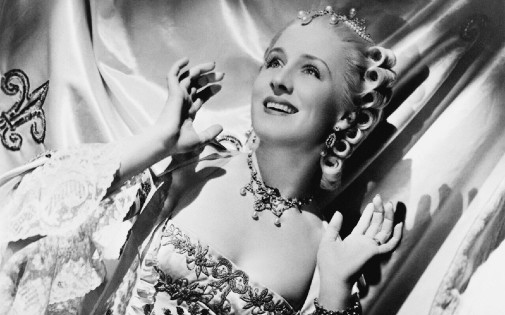
To be frank, as a movie, 1938's Marie Antoinette may leave a bit to be desired, but, as a showcase for Norma Shearer's talents, it's unsurpassable.
Just as in Romeo and Juliet, Shearer is tasked, in the film's first hour, to play a child and a teenager. However, instead of relying on poses and affectations, the actress seems to have discovered the key to on-screen rejuvenation. Moreover, she has a looseness that illustrates youthful innocence without overstating it. Later on, when the film becomes an illicit romance, she glows while parading Gilbert Adrian's best Rococo fashions. Weirdly enough for this empress of glamour, it's when the Revolution hits that Shearer truly shows her worth as a screen legend.

With minimal makeup and a body that crumbles under the character's sorrow, Shearer breaks down in front of our eyes. Her imperious voice flattens, her expression loses its sparkly elasticity and even her gestures die out. It's shockingly realistic, a stab of emotional authenticity that tears the movie apart, contrasting so achingly with the mindless joy of the young princess that it almost hurts to watch. In the final scenes of this performance, the actress almost seems to be predicting how screen acting would be changing in the coming decades.
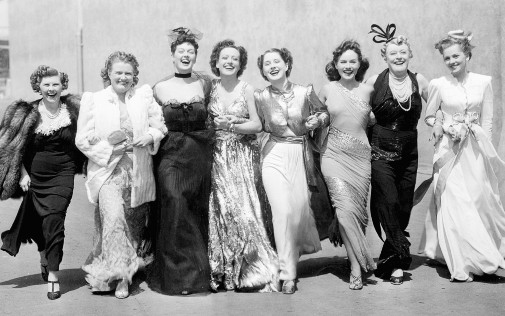
She lost that year's Best Actress Oscar to Bette Davis in Jezebel, but she gets my vote. Regardless of her fate with AMPAS, Shearer's tour de force brought on a second Golden Age of her career which culminated the next year when she starred in George Cukor's The Women. The advent of the 1940s and the war years brought with it an equal share of successes and failures which disenchanted the actress with the work of moviemaking.
In 1942, Shearer decided to unofficially retire from acting. She still played the part of a socialite but even that was something the Oscar-winner gradually drew away from. On June 12, 1983, Norma Shearer died of pneumonia, the same illness that had claimed the life of her first husband.
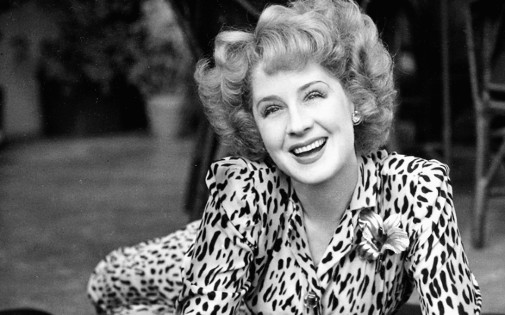
A lot of Norma Shearer's movies are hard to come by, but you can rent some of her biggest hits from the 1930s. The Divorcee, Marie Antoinette, and The Women, for example, are all available on Amazon Prime, Google Play, Youtube, and others.